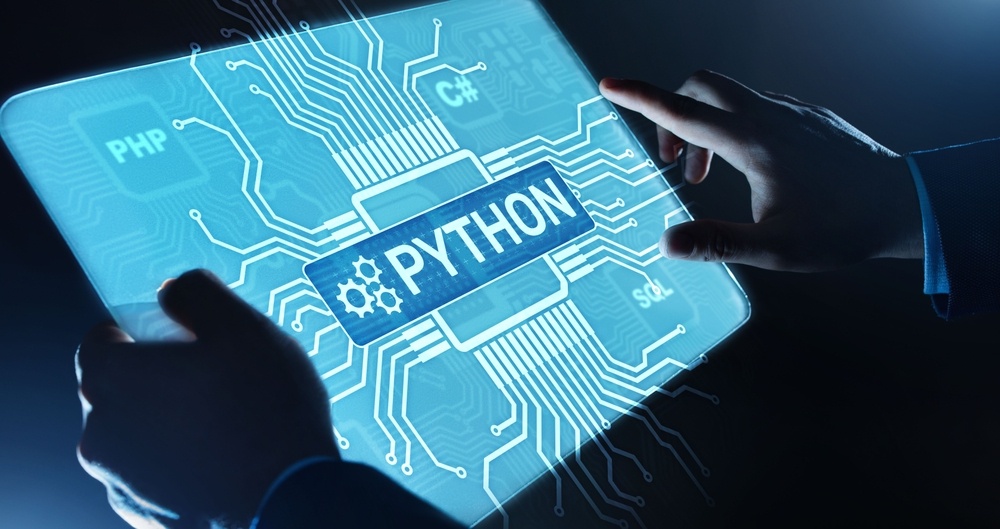Introduction
In recent years, the landscape of education has undergone a transformative shift, with virtual classrooms becoming a prominent feature. This trend has been accelerated by the increasing demand for flexible and accessible learning solutions. In this context, Virtual Python Classrooms are emerging as a powerful tool, offering a dynamic and interactive environment for learners to master Python programming. This article explores how Virtual Python Classrooms represent the future of learning and online coaching.
Interactive Learning Environments:
Virtual Python Classrooms provide an interactive and immersive learning experience for students. These environments often include features such as live coding, interactive quizzes, and collaborative coding projects. This hands-on approach allows learners to actively engage with the material, reinforcing their understanding of Python concepts through practical application. The interactive nature of virtual classrooms transforms passive learners into active participants, enhancing the overall learning experience.
Global Accessibility and Inclusivity:
One of the significant advantages of Virtual Python Classrooms is their global accessibility. Regardless of geographical location, students can access high-quality Python / Online Python Coaching Courses and sessions. This inclusivity eliminates traditional barriers to education, opening up learning opportunities for individuals who may not have access to local Python programming courses. As a result, Virtual Python Classrooms contribute to a more equitable distribution of educational resources and opportunities.
Real-Time Collaboration and Peer Learning:
Virtual Python Classrooms facilitate real-time collaboration among students. Through features like live chat, collaborative coding platforms, and virtual breakout sessions, learners can engage with their peers, share insights, and collectively solve coding challenges. Peer learning not only enhances collaboration skills but also exposes students to diverse perspectives and problem-solving approaches, fostering a rich and supportive learning community.
Personalized Learning Paths:
Virtual Python Classrooms often incorporate adaptive learning technologies that tailor the learning experience to individual students. Through assessments and progress tracking, the platform can identify a student's strengths and weaknesses, allowing for the creation of personalized learning paths. This customization ensures that each learner receives targeted support and guidance, optimizing the learning journey based on their unique pace and proficiency.
Rich Multimedia Content:
Virtual Python Classrooms leverage multimedia content, including video lectures, interactive simulations, and multimedia presentations. These diverse learning materials cater to different learning styles, making the educational experience more engaging and effective. Visualizations, animations, and demonstrations enhance the comprehension of complex Python programming concepts, providing a well-rounded and comprehensive learning experience.
Flexible Scheduling and On-Demand Learning:
Traditional classrooms often follow rigid schedules, limiting accessibility for individuals with other commitments. Virtual Python Classrooms break this barrier by offering flexibility in scheduling. Recorded lectures, on-demand learning materials, and asynchronous discussions allow students to learn at their own pace and accommodate other responsibilities, making education more accessible to working professionals and individuals with busy schedules.
Expert-Led Coaching and Mentoring:
Virtual Python Classrooms often feature expert-led coaching and mentoring sessions. Experienced instructors guide students through the intricacies of Python programming, providing real-time feedback and answering queries. This direct interaction with industry professionals and seasoned educators enhances the quality of education, offering students insights into best practices, industry trends, and real-world applications of Python programming.
Continuous Assessment and Feedback:
Virtual Python Classrooms employ continuous assessment methods to gauge students' understanding of the material. Regular quizzes, coding challenges, and projects enable ongoing evaluation, allowing instructors to provide timely feedback. This iterative feedback loop helps students identify areas for improvement, reinforcing learning objectives, and ensuring a more robust understanding of Python programming concepts.
Conclusion
Virtual Python Classrooms represent a paradigm shift in education, offering a dynamic and inclusive learning environment. The future of learning and online coaching lies in the ability to combine interactivity, global accessibility, personalized learning paths, and expert-led coaching. As the demand for Python programming skills continues to rise in various industries, the flexibility and effectiveness of Virtual Python Classrooms position them as a transformative force in shaping the future of programming education.


No comments yet